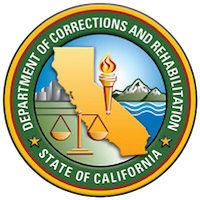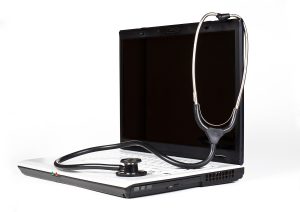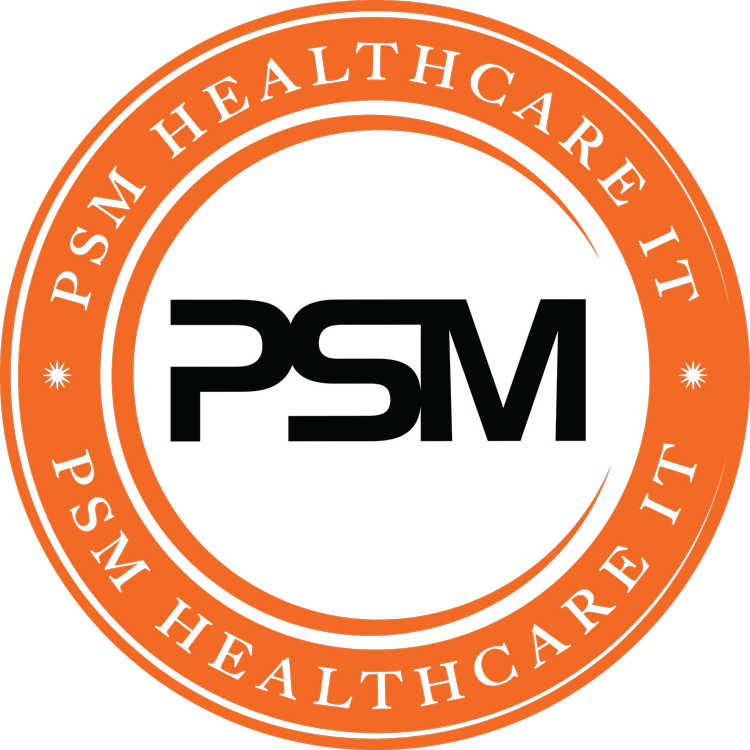General Healthcare IT
Diagnostic Imaging (Radiology) IT
IT Support & Solutions
strategic creative solutions





Outsourced IT services are the intelligent choice for medical practice and healthcare providers
The level of risk and security on your healthcare practice’s technology systems has never been higher.
New and rapidly changing HIPAA, payment, and other industry regulations and standards create a never-ending set of challenges for even the most experienced IT professionals.
The trusted experts at PSM Medical Imaging Specialists are led by Certified Imaging Informatics Professional and Radiologic Technologist professionals who maintain top industry credentials.

Key Services
Diagnostic Imaging Specialists
Our team has developed special expertise with diagnostic imaging. We can handle radiology projects of any scope and size.
Infrastructure Experts
PSM understands how every piece of your technology connects and functions both internally and with external platforms. PSM will keep your systems running 24/7.
PACS/RIS Experts
PSM has worked with most PACS/RIS systems. We can provide staff augment or be your entire team.
Security & Risk Assessment
Routine comprehensive security assessments & reporting to bring immense peace of mind for you and mitigate business risks.
HIPAA Training & Management
Small practices can find it daunting to understand the various regulations to keep their practice current. We have the tools and resources to help. Call us.
Setup My Practice
We specialize in helping new practices reduce the anxiety that comes with understanding all of the various requirements to set your practice up efficiently and securely.
How we can help healthcare providers:

Strategic Consulting
We help you create comprehensive, dynamic, and flexible IT and IS solutions that align your technology with your mission as well as allow room for adaptability as conditions change.
Strategic Consulting

Project Implementation

Project Implementation


Reliable Support
Reliable Support

Compliance Readiness

Compliance Readiness

Additional Services
Ransomware Protection
Your standard AntiVirus is not ENOUGH to protect you against Ransomware. You need more. Don't let your file get hostage. 2
Support my EMR/EHR
Already integrated your digital system but the vendor is offering very little support. Call PSM.
Replace my EMR
Is it time to upgrade to a new EMR? Or integrate with a business partner. Our team can match your business need to best industry practices.
Security Training & Testing For Staff
95% of data breaches are caused by human error and your staff. Protect your business by training and phishing test.
Managed VoIP Phones
We'll make sure your communication needs are met.
Internet Filtering & Monitoring
We block malicious destinations before a connection is ever established. Connect with confidence on any device, anywhere, anytime wherever users go.
TEAM
Meet the team
PSM Medical Imaging Imaging Specialists, Inc. has successfully exceeded client expectations for more than three decades. Our years of cutting edge IT and IS industry experience have helped countless healthcare facilities and medical practices meet, or surpass, their technology objectives.
Our Partners






Testimonial
What Our Clients Are Saying



Our Partners
















